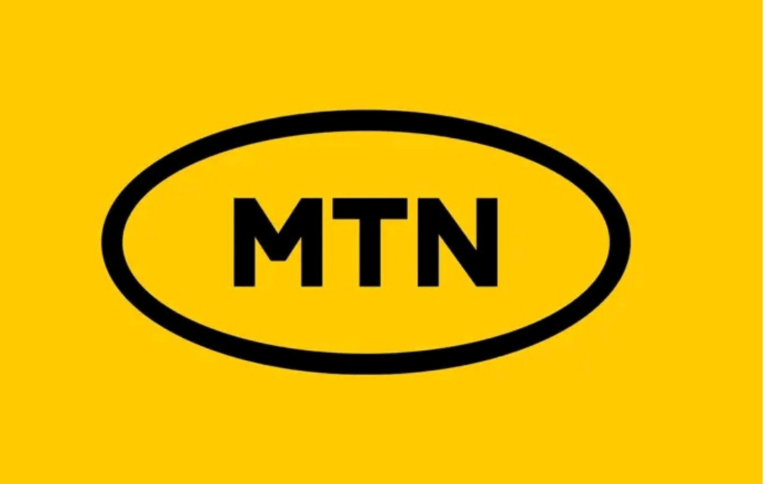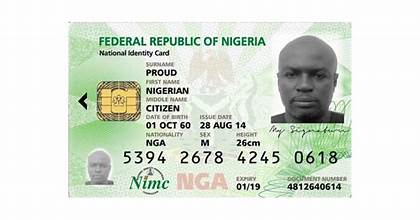Navigating the Social Media Facebook Feed vs Story

Facebook Feed vs Story – The battle for user attention has become increasingly fierce. Two of the most prominent features in this arena are the Facebook feed and the Facebook story. As users navigate the digital landscape, understanding the nuances between these two content formats can greatly enhance their social media experience.
Read: A Complete Guide to Downloading Facebook Messenger for FREE on All Devices, Including PC
The Facebook Feed: A Continuous Narrative
The Facebook feed is the traditional and most familiar aspect of the platform. It serves as a continuous stream of content, where users can scroll through a chronological display of posts from their friends, family, and the pages they follow. This feed acts as a digital scrapbook, allowing users to stay up-to-date with the latest happenings in their social circles.
The Facebook feed is characterized by its longevity, as posts can remain visible for an extended period, fostering deeper engagement and discussion. Users can like, comment, and share content, creating a sense of community and fostering meaningful interactions. The feed’s algorithm also plays a crucial role, curating the content based on user preferences and engagement, ensuring a personalized experience.
The Facebook Story: Ephemeral Moments
In contrast, the Facebook story feature offers a more dynamic and ephemeral approach to content sharing. Facebook stories are short, vertical videos or images that are available for 24 hours before disappearing. This format encourages users to share spontaneous, behind-the-scenes moments, providing a more intimate and authentic glimpse into their lives.
Facebook stories are designed to be consumed quickly and in the moment, catering to the fast-paced nature of modern social media consumption. Users can add filters, stickers, and other interactive elements to their stories, making them more engaging and visually appealing.
The Advantages of the Facebook Feed
The Facebook feed offers several advantages for users. Firstly, it provides a comprehensive and chronological overview of the content shared by their connections, allowing them to stay informed and engaged with their social network. The longevity of the feed also enables users to revisit and reflect on past posts, fostering a sense of continuity and connection.
Moreover, the Facebook feed allows for more in-depth discussions and interactions, as users can engage with content through comments, shares, and reactions. This feature promotes deeper conversations and the formation of meaningful relationships within the platform.
The Advantages of the Facebook Story
On the other hand, the Facebook story feature offers its own unique advantages. The ephemeral nature of Facebook stories encourages users to share more spontaneous and authentic content, as they don’t have to worry about the long-term implications of their posts. This format also caters to the shorter attention spans of modern users, who often prefer quick, visually-engaging content.
Additionally, Facebook stories provide a more intimate and personal way for users to connect with their friends and followers. The ability to add interactive elements and filters can make the content more engaging and visually appealing, further enhancing the user experience.
The Complementary Nature of the Facebook Feed vs Story
While the Facebook feed and Facebook story may seem like competing features, they can actually work in a complementary manner. Users can leverage both formats to create a well-rounded social media presence and engage with their audience in different ways.
The Facebook feed can be used to share more polished, long-form content, such as updates, articles, or curated visual content. Meanwhile, the Facebook story can be used to share spontaneous, behind-the-scenes moments, giving followers a more authentic and personal glimpse into the user’s life.
By utilizing both the Facebook feed and Facebook story, users can create a diverse and engaging social media presence, catering to the varying preferences and consumption habits of their audience.
How does the algorithm treat posts on the Facebook feed compared to stories
The key differences between how the Facebook algorithm treats posts in the feed vs. stories are:
1. Longevity:
- Facebook feed posts have a longer lifespan and can remain visible for an extended period, fostering deeper engagement and discussion.
- Facebook stories are ephemeral, available for only 24 hours before disappearing.
2. Content format:
- Facebook feed posts can include a variety of content types like text, images, links, and videos.
- Facebook stories are primarily short, vertical videos or images.
3. Interaction:
- Facebook feed posts allow for more in-depth interactions like likes, comments, and shares.
- Facebook stories encourage more spontaneous, authentic sharing with features like filters and stickers, but have fewer interaction options.
4. Algorithm focus:
- The Facebook feed algorithm prioritizes content based on factors like user relationships, engagement, content type, and timeliness.
- The Facebook stories algorithm focuses more on user engagement, content originality and quality, use of trending elements, and personalized recommendations.
Are there specific types of content that are better suited for stories
Yes, there are certain types of content that are better suited for Facebook Stories compared to the main feed:
1. Behind-the-scenes content: Stories allow you to showcase the human side of your brand and provide an authentic, behind-the-scenes look at your business. This helps build trust with your audience.
2. Polls and interactive content: Facebook Stories offer interactive features like polls, emoji sliders, and questions that encourage engagement and give you insights into your audience’s preferences.
3. Ephemeral product teasers and announcements: The temporary nature of Stories creates a sense of urgency. You can use them to hype up upcoming products, events or live streams before they disappear.
4. User-generated content (UGC):Sharing UGC in your Stories is a great way to promote your followers’ content, build relationships, and showcase authentic experiences with your brand.
5. Vertical video content: Stories are designed for full-screen vertical video, which is more immersive and eye-catching than landscape video in the feed. Shoot content specifically for Stories in a 9:16 aspect ratio.
6. Takeovers and collaborations: Invite influencers, employees or industry experts to take over your Stories for a day to expand your reach and provide fresh content perspectives.
The ephemeral, immersive and interactive nature of Facebook Stories lends itself well to behind-the-scenes glimpses, user-generated content, and vertical video. Leveraging these content types can help your Stories stand out and drive engagement.
What are the best practices for using Facebook feed vs stories
Here are some of the best practices for using Facebook feed vs stories:
Facebook Feed
- Share more polished, long-form content like updates, articles, or curated visuals in your feed posts.
- Encourage deeper engagement through likes, comments, and shares to foster meaningful interactions.
- Use the feed to provide a comprehensive and chronological overview of content from your connections.
Facebook Stories
- Share spontaneous, behind-the-scenes moments and authentic content in your stories.
- Use interactive elements like filters, stickers, polls, and voting to make your stories more engaging.
- Leverage the 24-hour availability of stories to create a sense of urgency and excitement around time-sensitive content like promotions or events.
- Share relevant third-party content from other pages to diversify your stories.
Best Practices for Both
- Post content that is visually appealing and grabs attention quickly, as stories are consumed faster than other formats.
- Include motion and sound in your content to make it more engaging.
- Track the performance of your posts and stories to gain insights and optimize your strategy.
- Use both feed posts and stories in a complementary manner to create a well-rounded social media presence.
Conclusion
The Facebook feed and Facebook story represent two distinct approaches to content sharing and consumption on the social media platform. While the Facebook feed offers a more traditional and comprehensive experience, the Facebook story provides a more dynamic and ephemeral format.
As users navigate the social media landscape, understanding the nuances between these two features can help them make informed decisions about how to best engage with their audience and create a well-rounded social media presence. By leveraging the strengths of both the Facebook feed and Facebook story, users can cultivate a more engaging and authentic connection with their followers.





